Climate change is a topic that’s on everyone’s mind these days, but did you know it’s also shaking things up under the Earth’s surface? While we typically associate climate change with melting ice caps and rising sea levels, it plays a surprisingly significant role in triggering more earthquakes and volcanic eruptions. Yes, you heard that right! As our planet warms, it’s not just the weather that’s affected but also the very ground beneath our feet. Here are 12 surprising ways climate change is making the earth rumble.
1. Melting Glaciers Lead to Tectonic Shifts
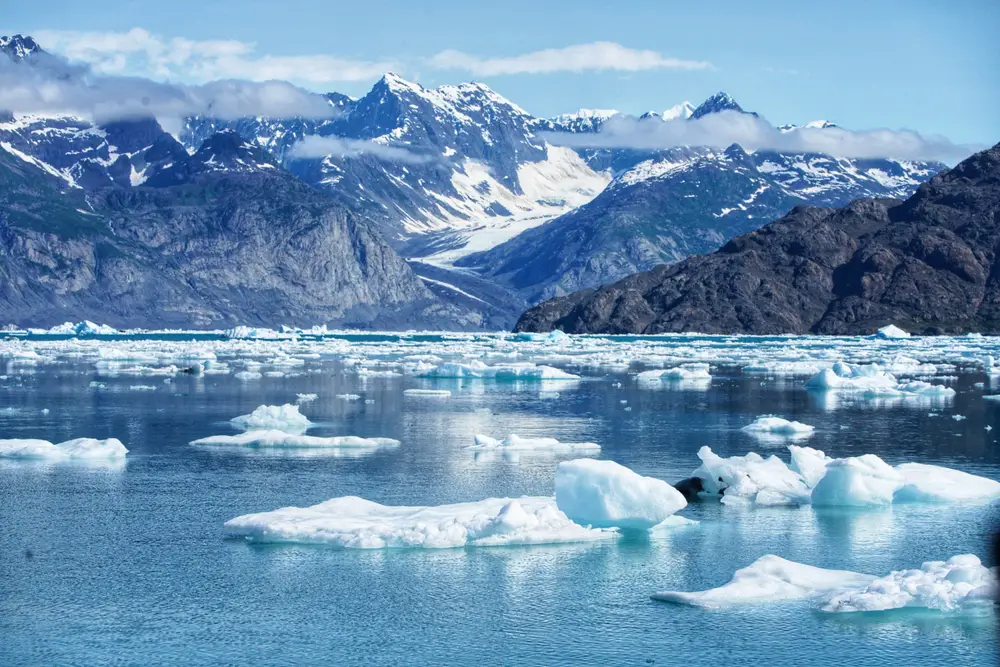
As glaciers melt due to rising global temperatures, massive amounts of weight are being lifted off Earth’s crust. This phenomenon, known as isostatic rebound, can cause the crust to shift and move, potentially leading to earthquakes. According to science news magazine, Eos, regions like Greenland are experiencing increased seismic activity due to rapid ice loss. This is because the Earth’s crust is attempting to adjust to the loss of ice mass, creating stress and movement along fault lines.
Furthermore, melting glaciers can impact volcanic activity. When the weight of the glacier is removed, it can cause the magma beneath the Earth’s crust to move more freely, increasing the likelihood of an eruption. This process can be likened to taking a cork off a champagne bottle, where the pressure build-up is suddenly released. In regions like Iceland, where glaciers sit atop active volcanoes, this is a particularly pressing concern. It’s a stark reminder of how interconnected our planet’s systems are and the far-reaching impacts of climate change.
2. Rising Sea Levels Add Pressure to Tectonic Plates

According to Climate.gov, as sea levels continue to rise, they exert additional pressure on the ocean floor, which can influence tectonic activity. This added weight can stress the Earth’s crust, leading to shifts and, potentially, earthquakes. Regions of the world with significant tectonic plate boundaries beneath the sea, such as the Pacific “Ring of Fire,” are particularly vulnerable to these changes. These areas might experience increased seismic activity as the oceanic plates are forced to adjust under the new weight.
The pressure from rising sea levels can also have a domino effect on volcanic islands. As the sea level rises, it can affect the stability of undersea volcanoes, potentially triggering eruptions. Places like Hawaii and other island nations could see an increase in volcanic activity as a result. This not only poses a direct threat to the human populations living there but also impacts marine ecosystems and air quality. It’s a reminder of how even small changes in our environment can have significant and unexpected consequences.
3. Permafrost Thawing Alters Subsurface Stability
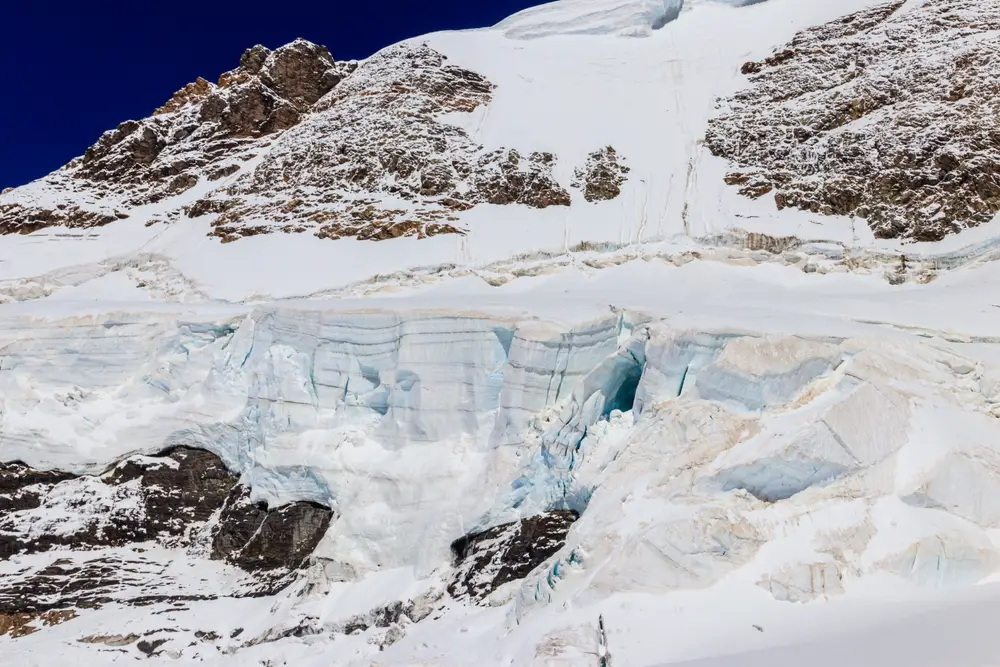
Permafrost, which is the permanently frozen layer of soil found in polar regions according to National Geographic, is beginning to thaw as global temperatures rise. This thawing can disrupt the ground’s stability, leading to increased seismic activity. When permafrost melts, it can cause the upper layers of the ground to collapse, creating voids and shifts that may lead to earthquakes. In regions like Siberia and Alaska, where permafrost is extensive, this is becoming an increasingly common issue.
Additionally, the thawing of permafrost can release trapped gases like methane, which can contribute to warming and further destabilize the Earth’s crust. This release of methane acts as a feedback loop, exacerbating climate change and potentially leading to more seismic activity. The changes in ground stability can also affect man-made structures, posing risks to infrastructure and communities. It’s a complex interplay of factors that highlights the diverse impacts of climate change.
4. Increased Rainfall Can Trigger Landslides
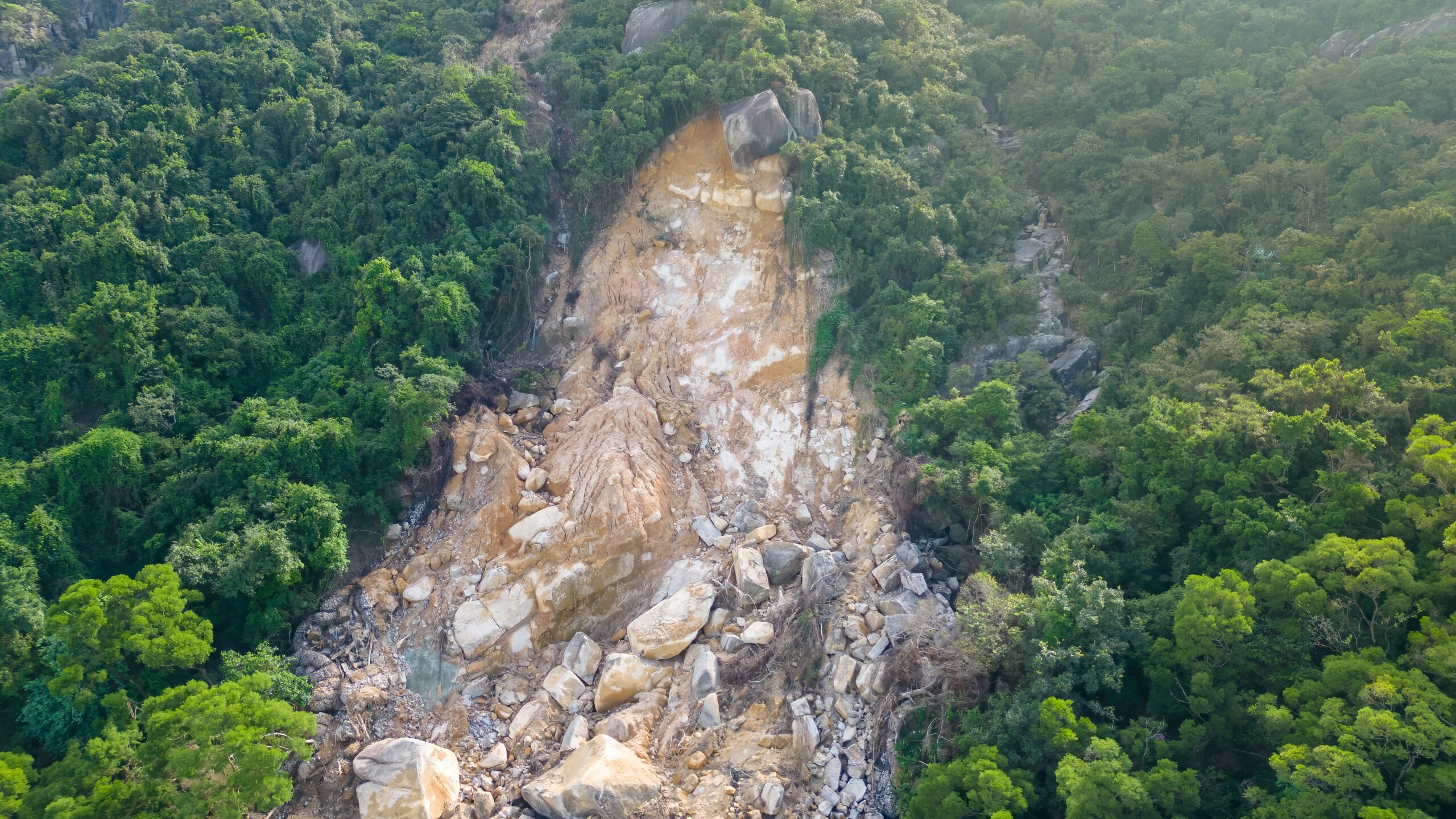
As climate change leads to more extreme weather patterns, we are experiencing increased rainfall in many parts of the world. This excess water can saturate the soil, leading to landslides which can then trigger seismic activity. When heavy rains saturate the ground, it can cause the soil to become unstable and slide, creating vibrations that mimic those of an earthquake. In mountainous regions, these landslides can be particularly devastating, causing loss of life and damage to infrastructure.
Landslides can also have an impact on volcanic regions. The additional weight and movement of the soil can put pressure on volcanic chambers, potentially leading to eruptions. In places like the Andes or the Cascades, where volcanoes and heavy rainfall often coexist, this is a significant concern. These combined natural events can have cascading effects, leading to prolonged periods of instability in affected regions. It’s a powerful example of how climate change can set off a chain reaction of geological events.
5. Droughts Can Cause Ground Subsidence
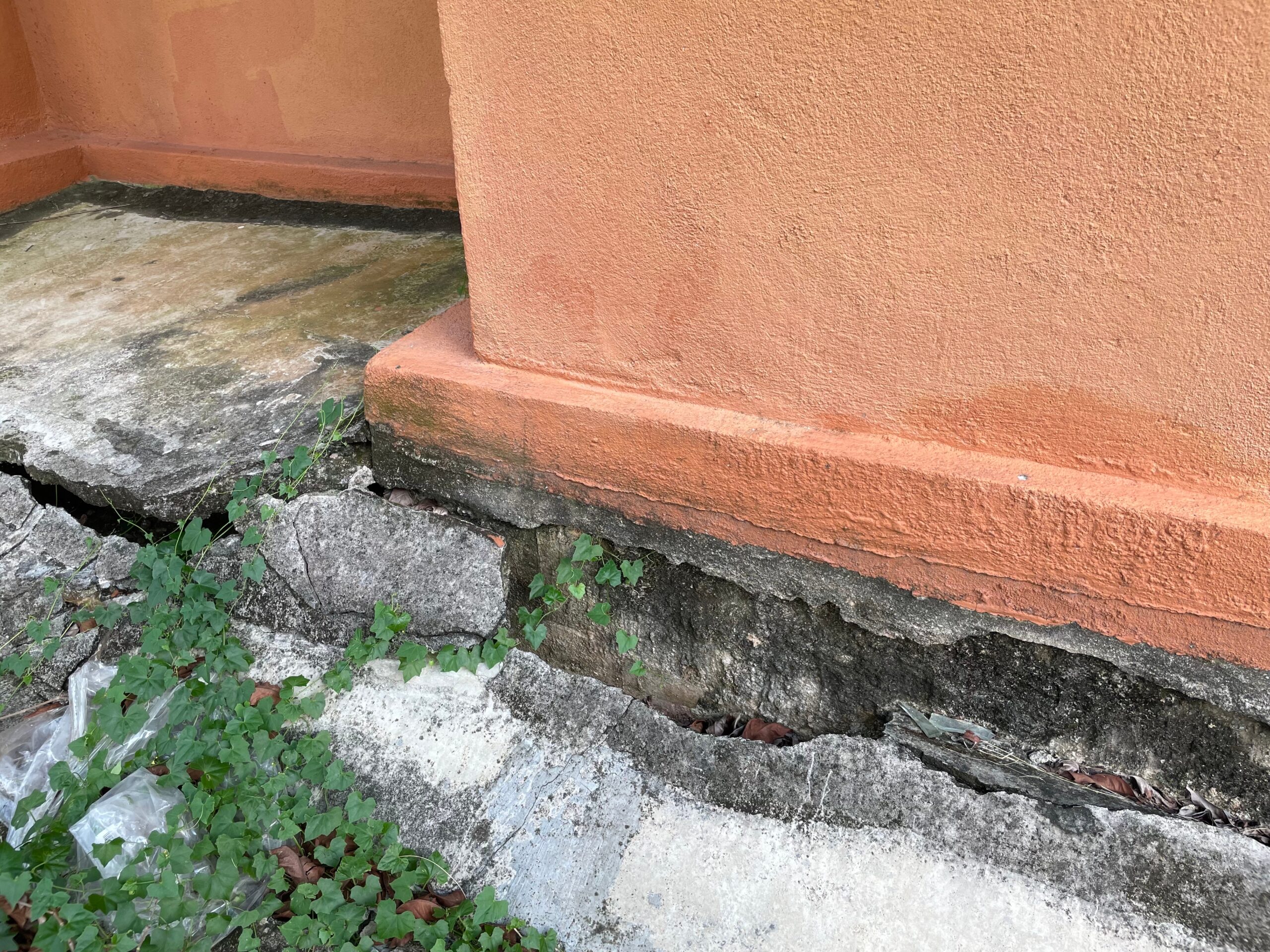
On the flip side, drought conditions influenced by climate change can lead to ground subsidence, where the ground actually sinks. As water tables lower due to lack of precipitation and increased human usage, the soil can compact and settle, leading to shifts in the Earth’s crust. This subsidence can create stress along fault lines, potentially leading to earthquakes. In regions like California, where drought is a frequent concern, this is becoming an increasingly pressing issue.
Moreover, subsidence can exacerbate the effects of seismic activity. When the ground is already unstable due to sinking, it can amplify the impact of an earthquake, leading to greater destruction. This can also affect infrastructure, as roads, buildings, and pipelines built on unstable ground are at risk of damage. It’s a reminder that the effects of climate change can be both widespread and deeply rooted, affecting the very land beneath us.
6. Ocean Warming Can Affect Volcanic Islands
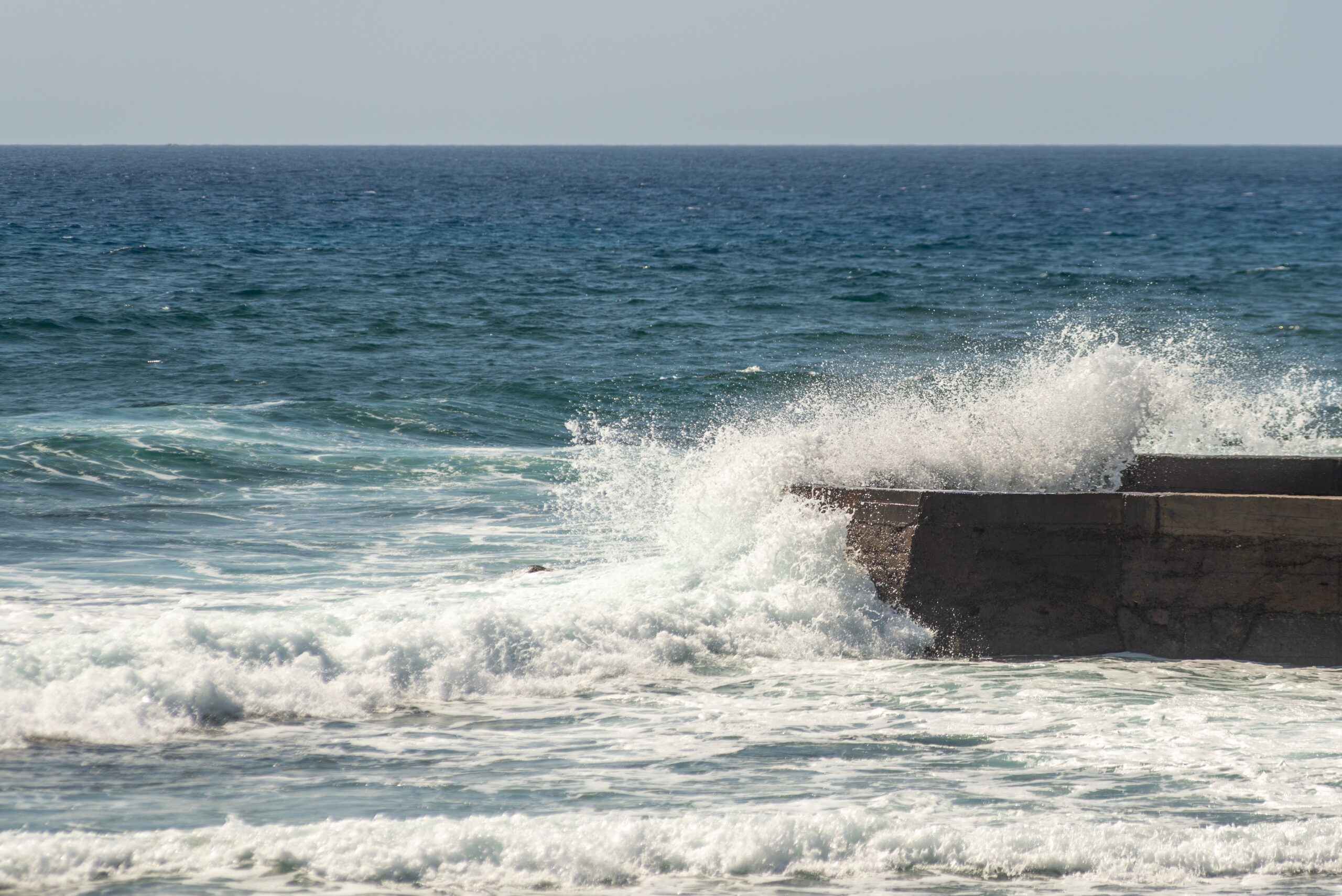
The warming of our oceans as a result of climate change doesn’t just affect marine life. It can also impact volcanic islands by altering the thermal dynamics of the Earth’s crust beneath them. As ocean water temperatures rise, it can lead to increased thermal expansion and pressure on undersea volcanoes, potentially triggering eruptions. This is particularly concerning for regions like the Pacific Islands, where undersea volcanic activity is common.
The warming oceans can also affect the chemical composition of the sea floor, influencing volcanic activity. Changes in water temperature can alter the minerals present in the ocean, which, in turn, can affect the magma’s composition and behavior. This can lead to unexpected volcanic eruptions or changes in eruption patterns. It’s a reminder of how interconnected our world’s systems are, with seemingly unrelated factors influencing each other in complex ways.
7. Forest Fires Affect Soil Stability
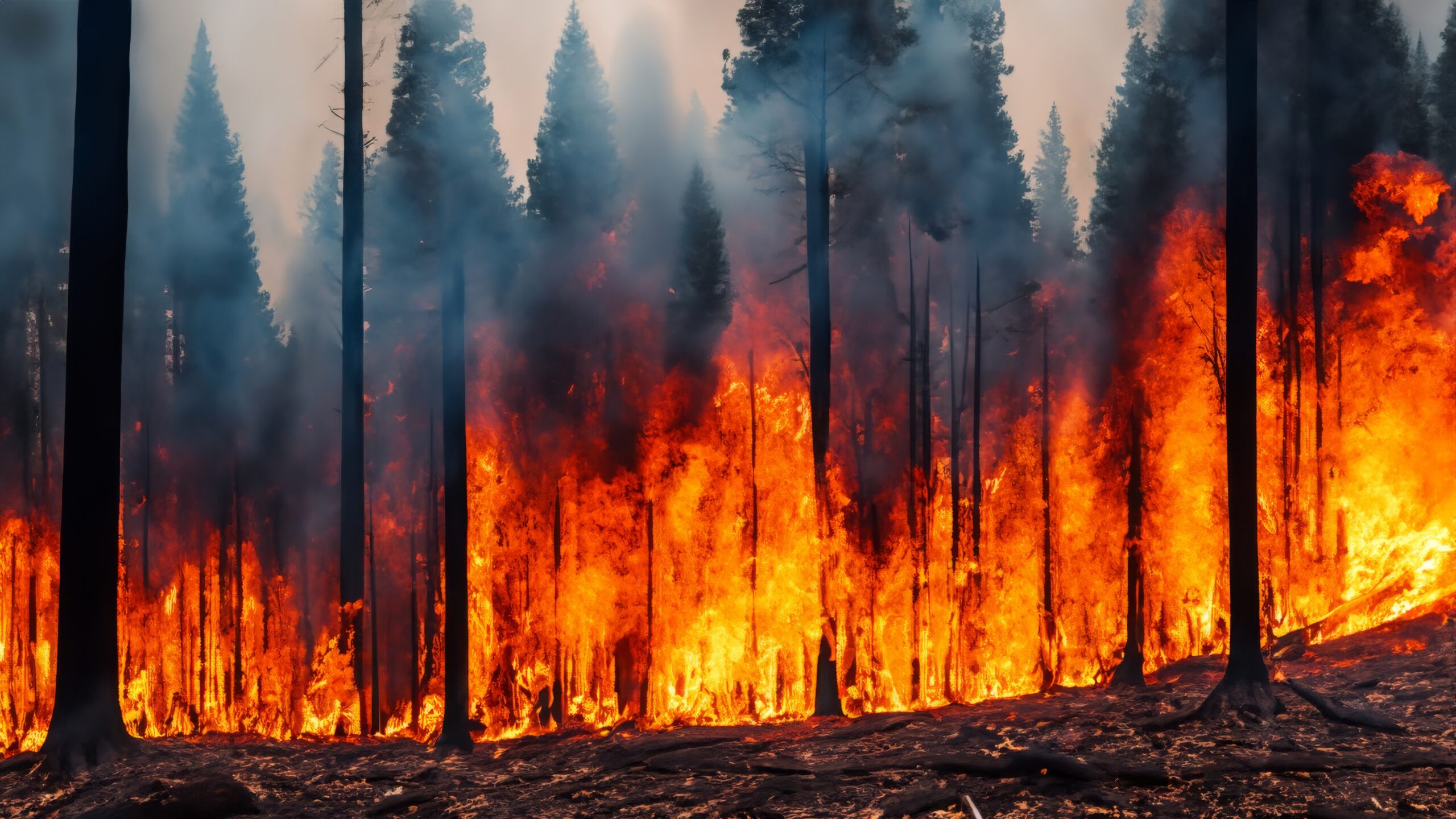
The increase in forest fires due to climate change isn’t just a threat to our air quality and ecosystems; it also affects soil stability. When vegetation burns, the soil loses its protective cover and becomes more prone to erosion. This destabilization can lead to landslides, particularly in mountainous or hilly regions. These landslides can then trigger seismic activity, creating a cycle of destruction that’s difficult to break.
Furthermore, the loss of trees and vegetation can affect water absorption rates. Burned areas often experience increased runoff, which can lead to further soil erosion and instability. This not only increases the risk of landslides but also affects local water systems and infrastructure. It’s another example of how climate change can have a domino effect, with one event leading to another in unexpected ways.
8. Atmospheric Pressure Changes Impact Volcanoes
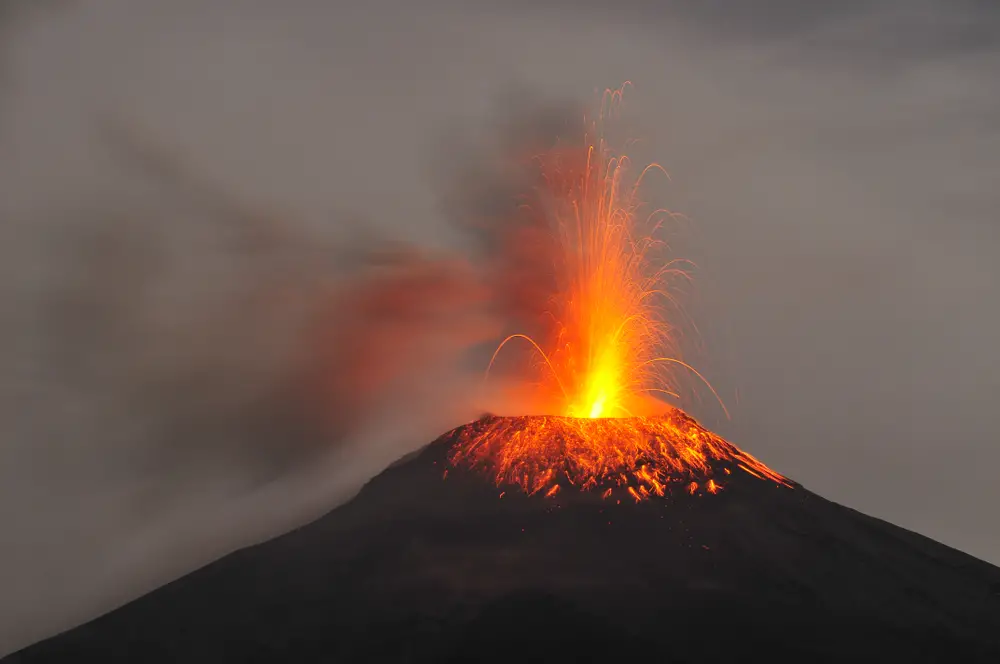
Changes in atmospheric pressure due to climate change can also affect volcanic activity. As global temperatures rise, atmospheric pressure can decrease, which in turn can influence the pressure balance within volcanoes. This altered pressure can lead to increased volcanic activity, as the magma is pushed closer to the surface. In regions with active volcanoes, these atmospheric changes can be a significant trigger for eruptions.
In addition to affecting current volcanic activity, changes in atmospheric pressure can also have long-term effects on volcanic landscapes. Over time, the altered pressure can change the structure and behavior of volcanic systems, leading to shifts in eruption patterns. This can have far-reaching impacts on local ecosystems and communities, which may need to adapt to new volcanic threats. It’s a reminder of the complex ways in which climate change can influence geological processes.
9. Ice Melt Can Cause Seismic Waves
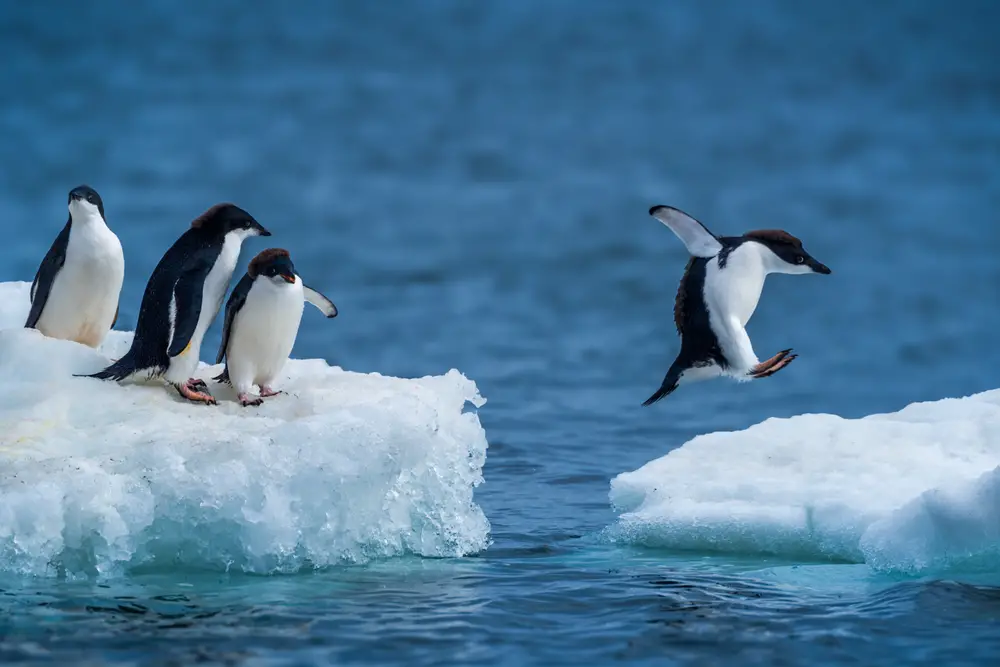
The melting of polar ice caps doesn’t just contribute to rising sea levels; it can also generate seismic waves. As massive chunks of ice break off and crash into the ocean, they create vibrations that can be detected as seismic activity. This phenomenon, known as “icequakes,” can have implications for both local and global seismic activity. While these icequakes are not as intense as tectonic earthquakes, they still contribute to the overall seismic noise.
Moreover, the impact of ice melt on seismic activity is not limited to the polar regions. As these icequakes send vibrations through the Earth’s crust, they can interact with tectonic processes elsewhere. This means that the melting ice in the Arctic could potentially influence seismic activity in distant regions. It’s a stark reminder of the far-reaching impacts of climate change on our planet’s geological systems.
10. Floodwaters Can Trigger Fault Lines

Intense flooding events, which are becoming more common due to climate change, can also trigger seismic activity. The sudden influx of water can seep into the ground, adding pressure to fault lines and potentially triggering earthquakes. This is particularly true in areas with extensive fault networks, where the added water weight can exacerbate existing seismic stress. In regions prone to both flooding and earthquakes, this is an increasingly concerning issue.
The relationship between flooding and seismic activity is complex and not fully understood. However, it’s clear that the changes in water levels and pressure can have significant impacts on the Earth’s crust. This underscores the interconnected nature of climate and geological processes, highlighting the importance of understanding these relationships in a changing world. It’s a reminder of the need for comprehensive approaches to climate change that consider all aspects of our planet’s systems.
11. Changes in Vegetation Affect Soil Erosion
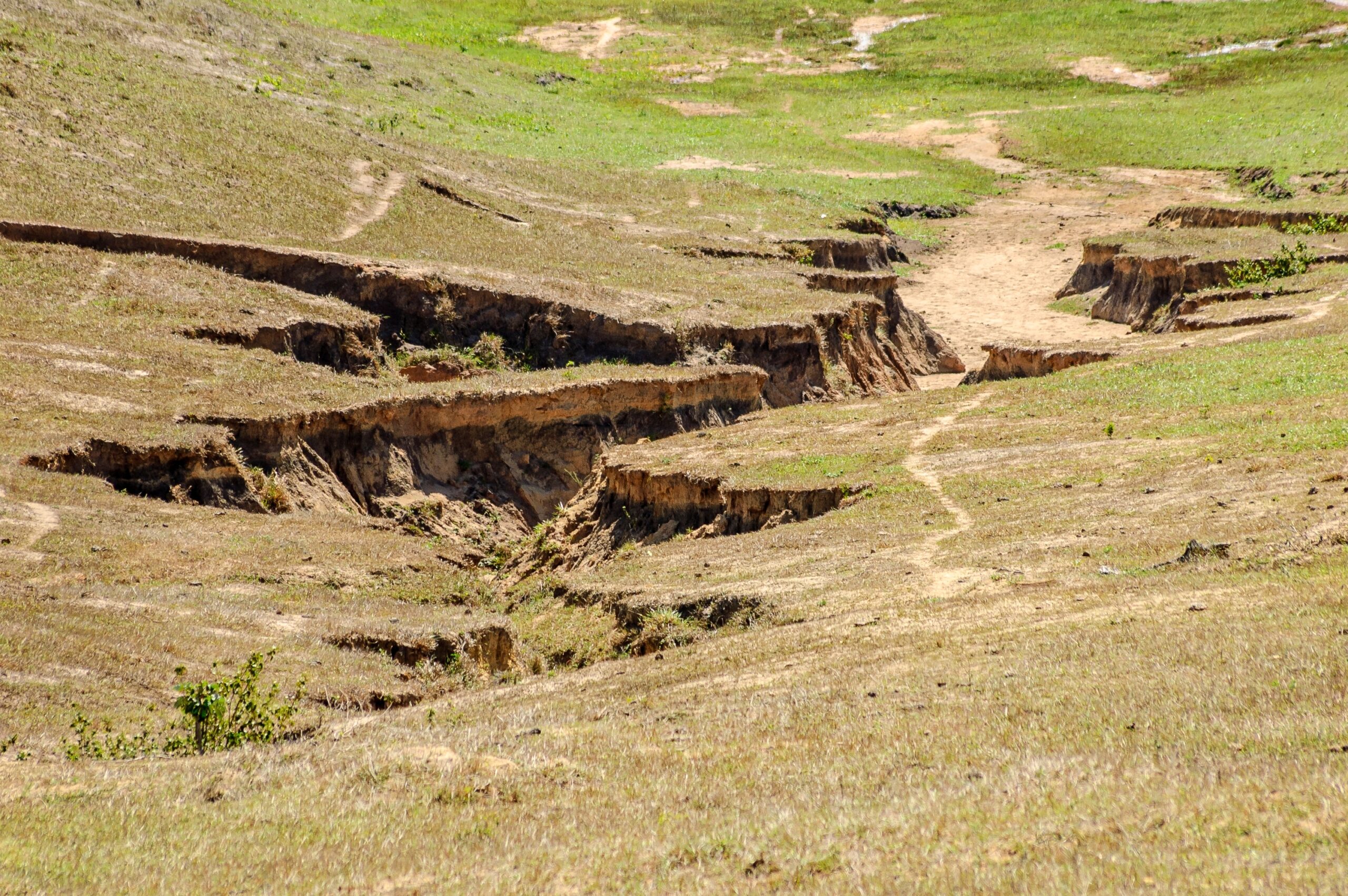
Climate change is causing shifts in vegetation patterns, which can influence soil erosion and stability. As temperatures rise and precipitation patterns change, different plant species may dominate certain regions. These changes in vegetation can affect how well the soil holds together, potentially leading to increased erosion and subsequent landslides. In areas where fault lines are present, this erosion can affect seismic activity, as the destabilized soil puts additional stress on the crust.
The impact of vegetation changes on soil stability is an important consideration for land management and conservation efforts. By understanding how climate change affects plant growth and distribution, we can better predict and mitigate the risks of erosion and seismic activity. This highlights the importance of interdisciplinary approaches to studying climate change, as the link between vegetation and geological processes is a key factor in understanding the broader impacts of a warming world.
12. Human Activities Amplify Natural Processes
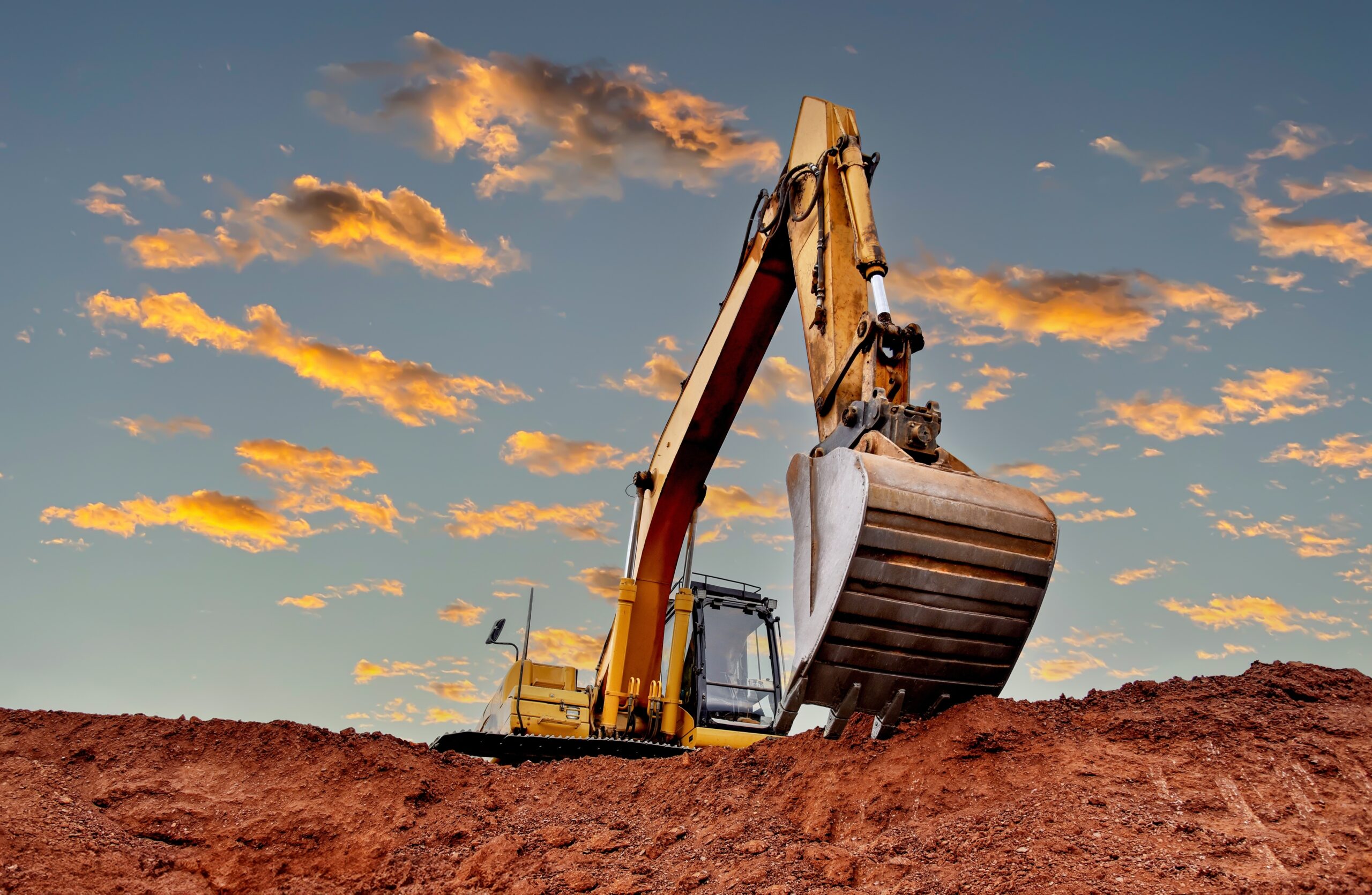
Finally, human activities that contribute to climate change can also amplify natural geological processes. Activities like deforestation, mining, and fossil fuel extraction not only release greenhouse gases but also physically alter the Earth’s surface. These changes can exacerbate the effects of climate-related geological events, such as landslides and seismic activity. In some cases, human activities directly trigger earthquakes, as seen with activities like fracking.
Moreover, the infrastructure we build to support our growing population can impact natural geological processes. Roads, bridges, and buildings can alter water flow and soil stability, potentially increasing the risk of landslides and earthquakes. This underscores the importance of considering the geological impacts of our actions as we address climate change. By understanding and mitigating these influences, we can work towards a more sustainable and stable future for our planet.
